
My Oculus Rift selfie
Virtual reality has long been one of those things on my someday list, a list that often gets more intention than attention. Unless I get a nudge. Like a request from the dean.
I sent Jerry Ceppos, dean of LSU’s Manship School of Mass Communication, an email earlier this month, asking him to pass on to the faculty my willingness to guest-teach some classes this month. I was excused from teaching a regular course this semester because of my ever-changing plans for finishing my lymphoma treatment. But I enjoyed guest-teaching for a couple of colleagues early in November and had a fairly open calendar for the rest of the month (because I thought I might be in the hospital), so I offered to guest for some other faculty colleagues.
I turned down a colleague who asked about a topic on which I lacked expertise. I figure you should teach what you know. But somehow when the dean asked if I could teach something on my someday list, I decided someday was today (yesterday, actually).
So I taught a class on ethical issues in virtual reality journalism Tuesday, even though I have consumed little VR and produced none. Generally I prefer to teach matters on which I have some expertise, but I also like to continue expanding my expertise, so I agreed to lead a discussion of virtual reality issues in Jerry’s ethics class. I had about two days to learn enough about VR to teach it in a class.
Let’s back up a little: I wasn’t starting at zero here. I’ve heard speculation about VR being the future of news or entertainment or business for a decade or two, always curious. 360-degree visual technology certainly transformed video games from the flat original Super Mario Brothers games I used to play with my sons (though the boys have grown up and moved away, so I don’t play today’s 360 games). Even if video games are more virtual than reality, the concept is the same: Presenting an experience that feels real. Or “virtually” real, whatever that means.
I remember my fascination a decade ago when a real estate agent sent a photographer to the home we were planning to sell, and the photographer set a camera on a tripod, pivoting to shoot 12 (as I recall) photographs of each room of our home. Computer software would stitch the photos together into a “virtual tour” that the agent would post in a digital listing, inviting people to get a 360-degree look at each of our main rooms. I don’t know how much the virtual tour contributed, but the home sold for a good price.
I have a less detailed memory of a reporting project in the 1990s, early in the days of digital photography. I was reporting on the impact of government regulation, mandates and spending in a town, and a photojournalist shot pictures of all the businesses around the town square. A designer used some new software to stitch the pictures together into what appeared to be a panoramic photo of the town square for an informational graphic, in which I reviewed the governmental role in each of the businesses (I just looked unsuccessfully for a clip to share here, but I think my memory is accurate).
More recently, I encouraged (with mixed success) colleagues to try Gigapan panoramic photography, such as a Shanghai skyline photo stitching together 12,000 different photographs or the panoramic photograph of President Barack Obama’s 2009 inauguration. Click on the photograph to zoom in and move your mouse to pan around and you can clearly see members of the Obama, Bush, Cheney, Clinton and Biden families there, as well as recognizable members of the Supreme Court and Senate.
Improving technology moved the 360-degree viewing experience into video: advances in production technology, including wearable GoPro video cameras; video production software that stitches together moving images; headsets for viewing VR.
In a visit to Syracuse University last year, I first put an Oculus Rift headset on, as Dan Pacheco showed me where he was experimenting with VR applications for journalism. With the headset on, it appeared I was at a flooding scene. As I looked to the left and right or spun all the way around, it felt as if I were right at the scene, with water and flood damage all around me. I felt kind of disoriented wearing the headset and feeling surrounded by the scene. Some people actually feel motion sickness using VR headsets.
That summer, Dan worked at Gannett headquarters in Washington, helping produce a VR project for the Des Moines Register called “Harvest of Change,” giving the wearer of a headset the experience of being on an Iowa farm. (Well, not the full experience: VR technology is effective at providing the sights and sounds of a scene, but I’ve been on some Iowa farms, and you need at least one other sense to get the full experience.)
“Harvest” was a star of last year’s Online News Association conference, but I didn’t actually put on the Oculus Rift and experience the farm. Every time I went by the booth where it was being presented, the crowd was big enough that I decided to come back later.
Two Manship colleagues, Lance Porter and Tad Odell have been learning about VR and we have two Oculus Rift headsets at the school. Lance and Tad guest-taught a class for my Interactive Storytelling Tools class last spring.
I’d noticed other VR developments, including another story featured at this year’s ONA conference and an StoryNext conference last month, neither of which I could attend. So it was like the dean was telling me it was finally time to really learn something about virtual reality.
Jerry was prompted by the New York Times’ release of its project “The Displaced,” and Public Editor Margaret Sullivan’s column about reader reaction to VR, including some ethical issues raised by journalists.
Jerry loaned me the Google Cardboard viewer he received as a Times subscriber. I thought it would make a nice prop, contrasting with the Oculus Rift (shown in the selfie at the top of this post). Margaret noted the paradox of the Times’ invitation to readers to experience cutting-edge digital technology by unfolding and assembling a cardboard device:
The box itself (when assembled, it looked like a Fresh Direct container for three jumbo eggs) struck me as an almost instant anachronism: ready for its place on a historical timeline of the digital age’s evolution. This is what happened in 2015.
But the cardboard goggles generated some enthusiasm:
The structure of my class presentation was pretty easy to plan: I’d start with some discussion of the history and technology of VR, and its potential application in various communication fields represented in the class. Then we’d discuss some ethical issues.
I didn’t have time to produce a VR project, but I wasn’t asked to teach how to use VR, but to discuss ethics. While I already knew of some ethical issues, I knew it was a fairly simple reporting effort to increase my understanding of VR enough to lead the ethics discussion.
Margaret and Jerry (obviously trying to learn VR himself) provided some links that helped in my crash course:
A report from StoryNext, The State of Virtual Reality in Journalism, was perhaps most helpful, both filling in the recent development of VR as well as laying out some good ethical issues to discuss with the class. This is too new a field for me to present do’s and don’ts, but it’s unfolding quickly enough to raise some issues for the students to consider as they consume and potentially produce VR.
And I continued learning about VR after the class, as students told me of VR being used in athletic recruiting and in therapy for soldiers dealing with post-traumatic stress.
Here are the slides I used for the class:
Read Full Post »


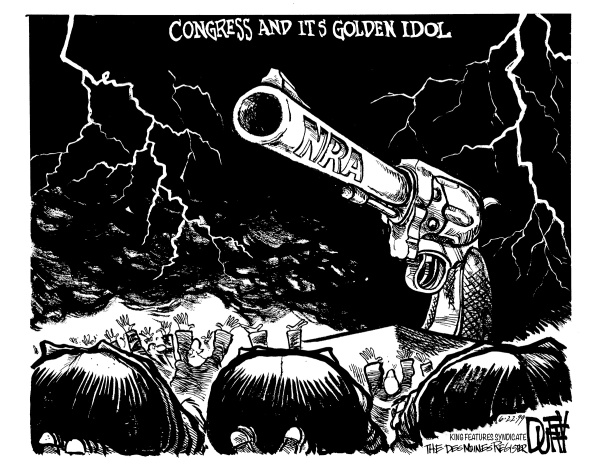
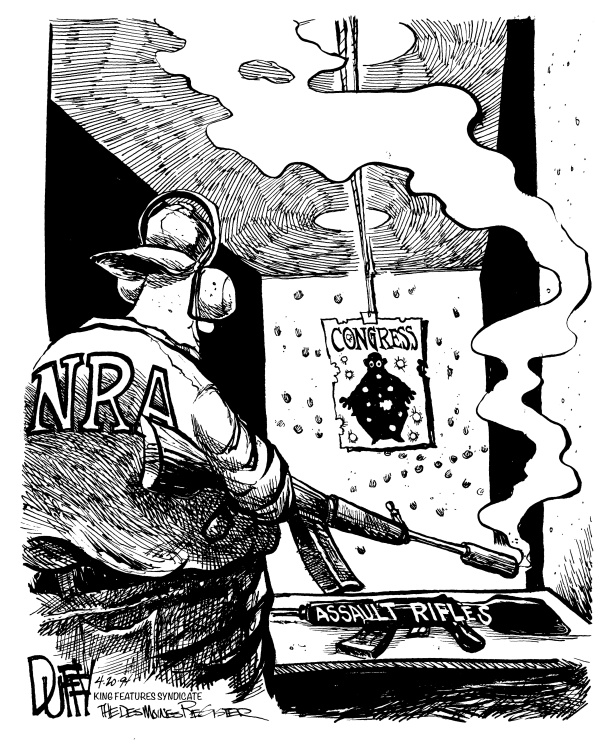
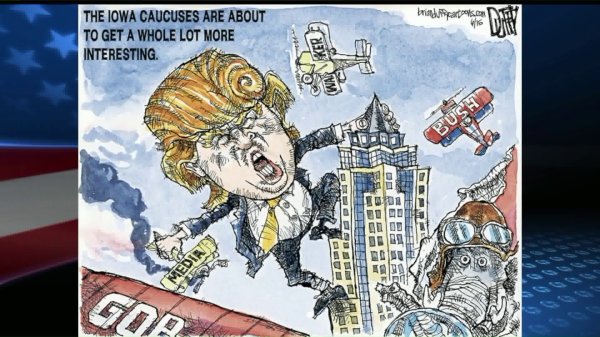
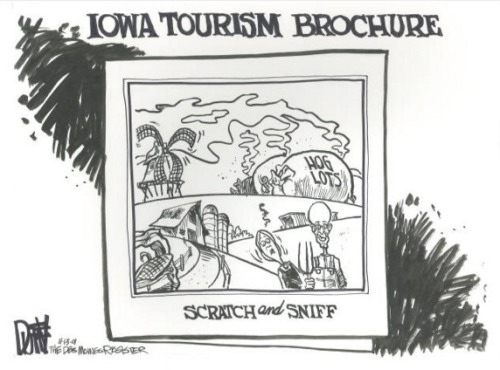
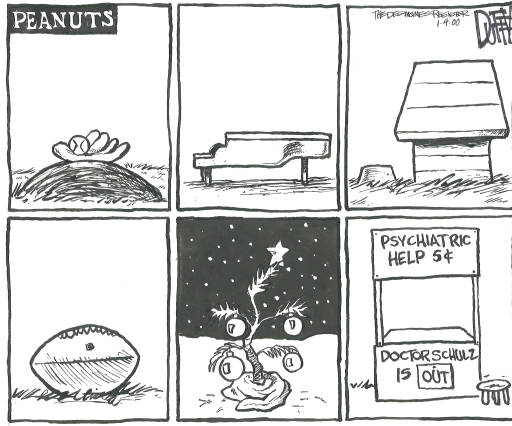
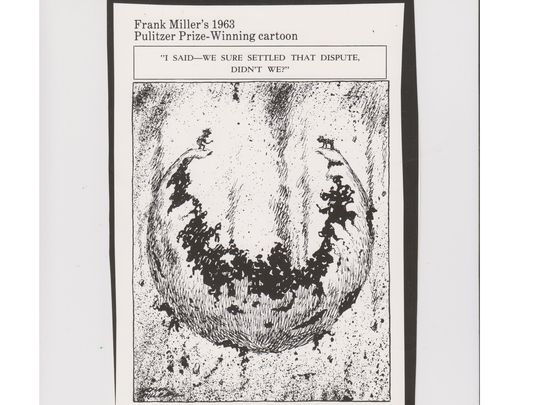
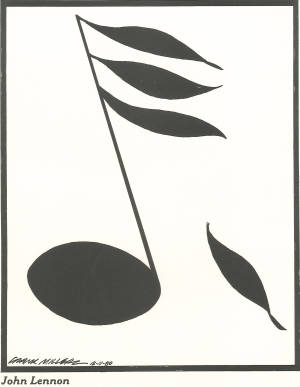

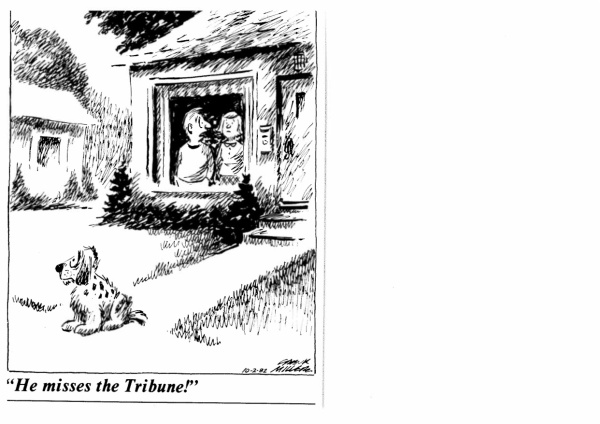
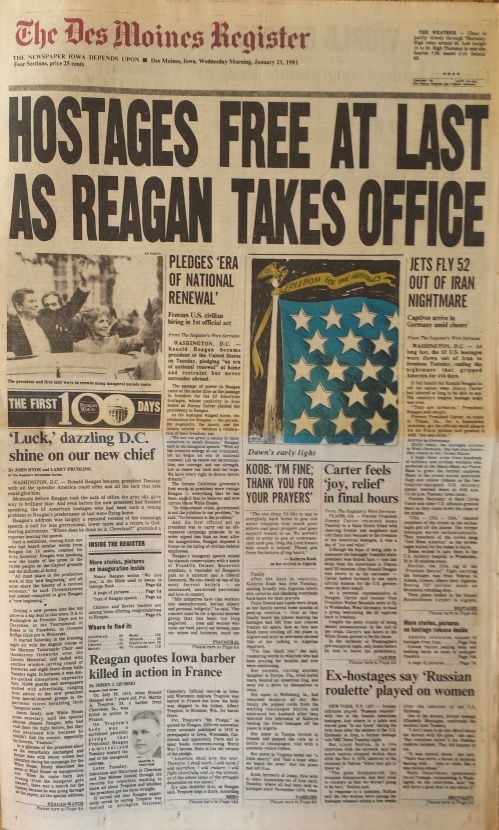
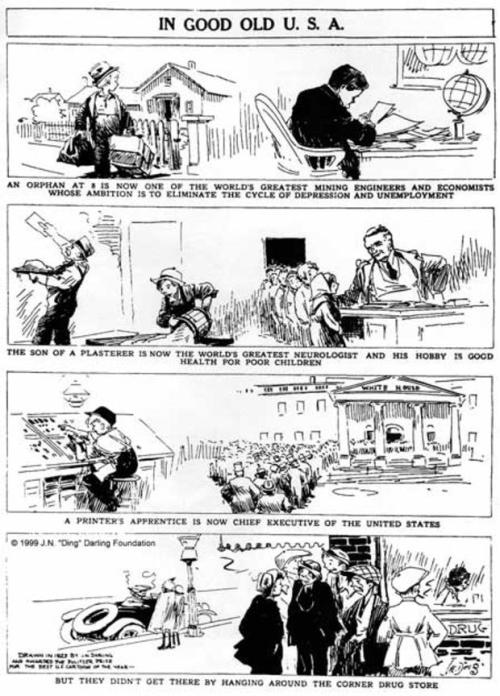
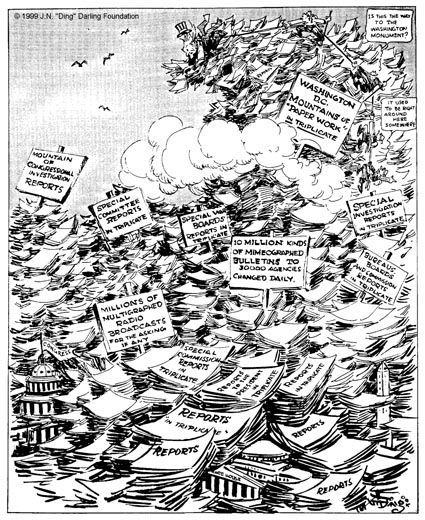
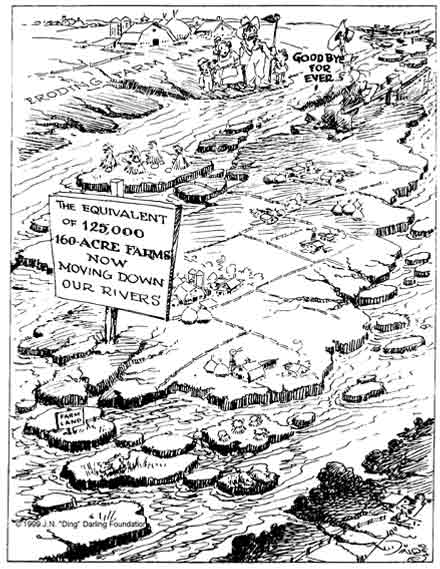

 First an overview of my experience in covering religious sexual abuse: Starting in the 1990s, I investigated sexual abuse by at least nine Catholic priests that I can recall, plus at least one Protestant minister, a leader of a Christian cult and a group-home counselor at a Catholic youth services organization. In most cases, I interviewed multiple survivors of abuse by the powerful men I investigated. I’m sure I talked to at least 20 survivors of sexual abuse by clergy and the counselor, usually in person but a few times by phone. Other survivors that I learned about would not talk to me. I interviewed two accused molesters.
First an overview of my experience in covering religious sexual abuse: Starting in the 1990s, I investigated sexual abuse by at least nine Catholic priests that I can recall, plus at least one Protestant minister, a leader of a Christian cult and a group-home counselor at a Catholic youth services organization. In most cases, I interviewed multiple survivors of abuse by the powerful men I investigated. I’m sure I talked to at least 20 survivors of sexual abuse by clergy and the counselor, usually in person but a few times by phone. Other survivors that I learned about would not talk to me. I interviewed two accused molesters.






